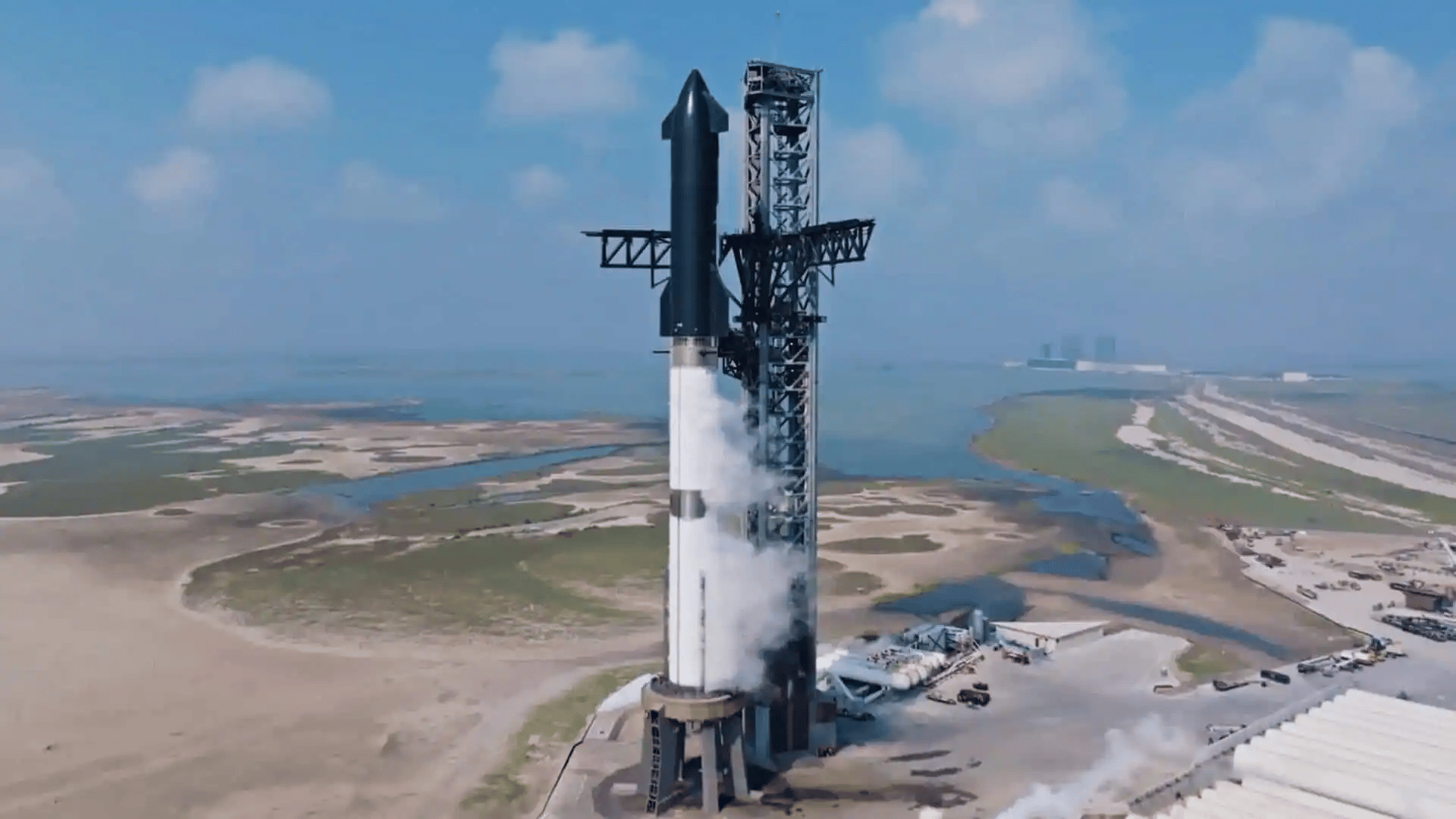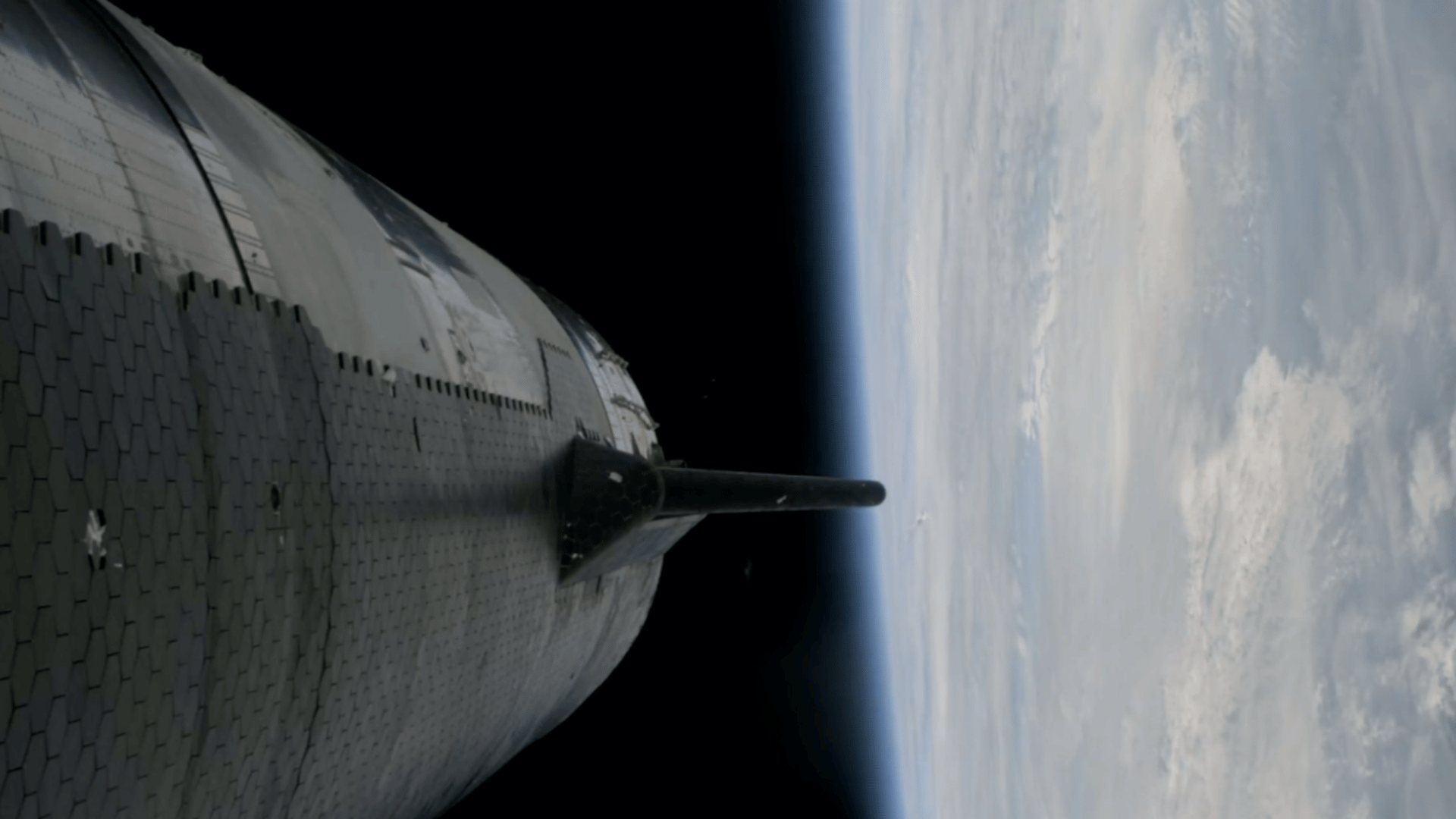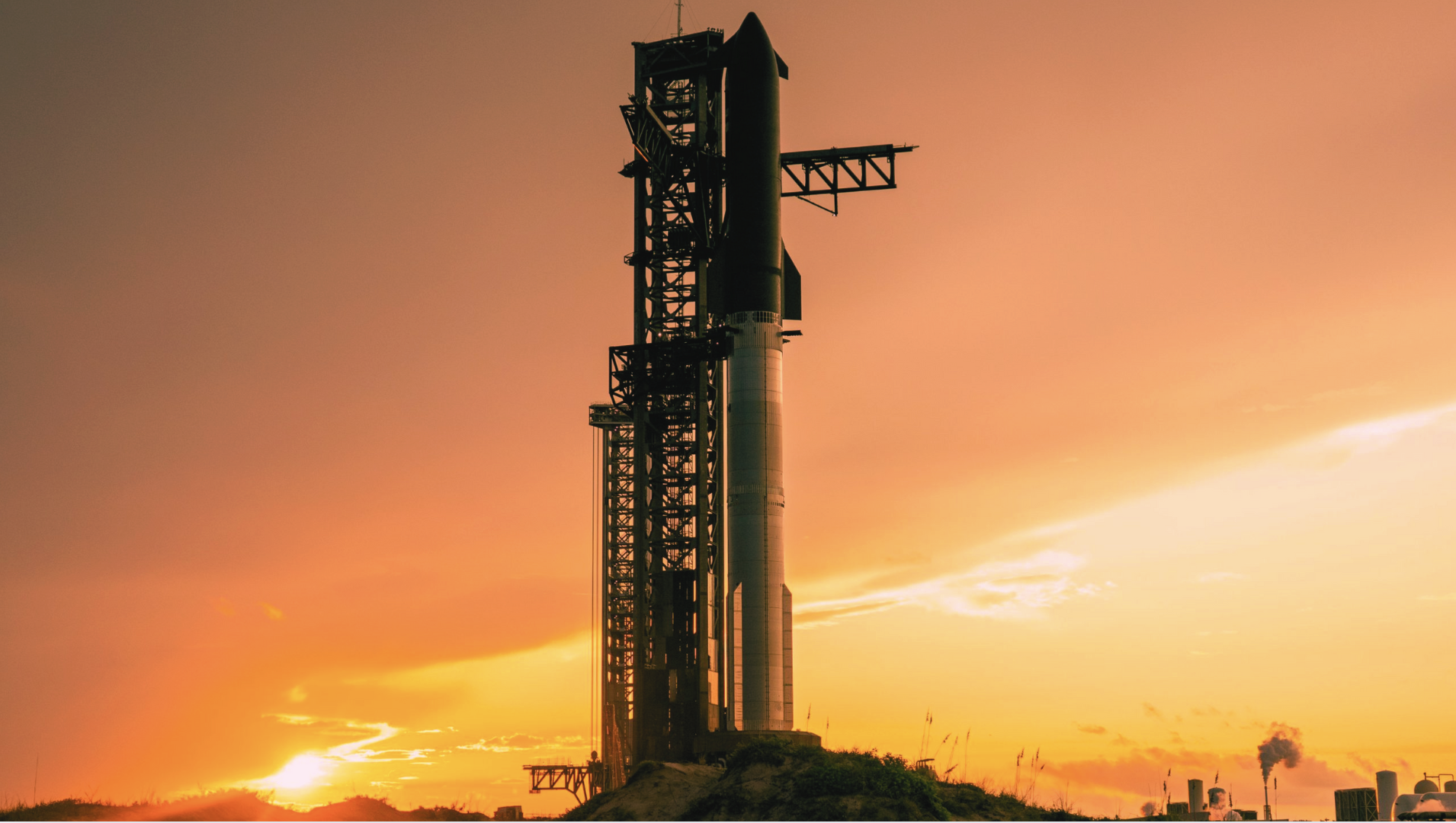When is the next Starship launch? If you’ve been following SpaceX’s ambitious megarocket program, mark your calendar for the next Starship launch.
The most recent Starship launch features Version 3, a bigger and more powerful rocket standing at 408 feet tall.
The next Starship launch will showcase groundbreaking technologies, including a five-engine landing burn configuration that adds crucial redundancy and intentional heat shield stress tests.
Read on for coverage of launch timing, mission objectives, and what makes this flight uniquely significant.
Everything About the Recent Starship Flight 11 Launch
SpaceX launched Starship Flight 11 on October 13, 2025, at 7:23 PM local time from Starbase, Texas. The mission used Ship 38 and Booster 15, a flight-proven booster from Flight 8.
The flight achieved all major objectives, marking the successful conclusion of the Version 2 Starship series.
Key highlights included deploying eight Starlink simulators, performing a Raptor engine relight in space, and stress-testing the heat shield by intentionally removing tiles.
The Super Heavy booster demonstrated a new landing burn configuration, hovering over the Gulf of Mexico before splashing down.
Ship 38 completed a fantastic banking maneuver during reentry and splashed down in the Indian Ocean after 66 minutes. This successful test paves the way for Version 3, which will feature major upgrades for orbital missions.
Next Starship Launch: Starship Flight 12
Flight 12 represents a complete redesign. Version 3 stands 408 feet tall,5 feet taller than V2, and features the new Raptor 3 engines, offering more power and efficiency.
SpaceX isn’t rushing to orbit. The company plans at least one suborbital flight to validate all systems before attempting orbital missions.
Once proven, Version 3 will carry real payloads, demonstrate orbital refueling, and support NASA’s Artemis moon program.
| Detail | Information |
|---|---|
| Launch Window | Late 2025 to Early 2026 |
| Vehicle | Version 3 (First Block 3) |
| Hardware | Booster 18 & Ship 39 |
| Launch Site | Starbase Pad 2 (NEW) |
| Mission Type | Suborbital Test Flight |
Technical Challenges and Mission Objectives of Starship Launches

Image Source: NewsBytes
Starship test flights tackle serious technical hurdles while gathering critical data for future missions. Each launch tests multiple systems simultaneously, pushing the limits of aerospace engineering.
Here’s what SpaceX is working to achieve and overcome.
1. Reentry and Heat Shield Performance
SpaceX deliberately removes heat-shield tiles to find weak spots on the vehicle. It’s a risky move, but necessary.
The thermal protection system faces brutal conditions during reentry; temperatures soar past 3000°F as Starship tears through the atmosphere. These tiles must survive the inferno.
Getting this right means achieving full reusability and ensuring crew safety on future missions. Every test provides data that refines the design.
2. Engine Relight and Booster Control
Super Heavy uses a five-engine landing burn instead of three. More engines mean better backup if one fails unexpectedly.
But coordinating multiple Raptor engines during descent is incredibly complex. It requires perfect fuel flow, precise ignition timing, and exact thrust control. A single engine failure could doom the booster.
The five-engine setup offers redundancy that wasn’t possible with three, making controlled landings more reliable.
3. Stage Separation and Aerodynamic Stability
Separation occurs at the maximum aerodynamic pressure, one of the most dangerous moments of flight.
SpaceX uses “hot staging,” where Starship fires its engines before fully separating. This creates massive forces and extreme heat on Super Heavy’s structure.
After splitting, both stages must stabilize while traveling thousands of miles per hour. Lose control and tumble? That’s mission failure. Earlier flights showed exactly what happens when stages go unstable after separation.
4. Communication and Data Telemetry
Staying connected is vital for flight control and collecting mission data. But during reentry, plasma surrounds the vehicle and blocks all communications for minutes.
Ground stations worldwide track the rocket and receive data from hundreds of sensors. These sensors monitor everything: engines, structural integrity, and thermal performance.
Real-time information lets engineers make quick decisions and improve future designs. Without reliable telemetry, SpaceX flies blind.
5. Environmental and Regulatory Factors
The Starship program faces external pressures beyond engineering. Mexico’s government threatened legal action over debris washing up on its coastlines.
Every launch must satisfy FAA regulations, environmental reviews, and international agreements. Sonic booms disturb nearby communities.
Potential debris worries maritime operators. SpaceX must balance rapid testing with compliance and public safety. Major failures could bring delays or tighter restrictions that slow progress.
6. Landing Accuracy and Ocean Recovery
Both vehicles aim for splashdown zones thousands of miles apart: the Gulf of Mexico for Super Heavy and the Indian Ocean for Ship.
The dynamic banking maneuver tests guidance systems needed for future ground landings at Starbase.
Hitting these targets while dropping from orbital speeds through changing atmospheric conditions demands advanced computers and algorithms.
Water landings may be more forgiving than tower catches, but they still need pinpoint velocity and attitude control to avoid damaging the vehicle.
The Evolution of Starship: Version 2 to Version 3

Image Source: Mashable
Starship Version 2 towers nearly 400 feet (121 meters) above the ground when stacked, making it the biggest and most powerful rocket ever built.
The evolution doesn’t stop there. Version 4, expected to debut in 2027, is projected to reach approximately 466 feet (142 meters) tall.
Each iteration incorporates critical lessons from previous flights, refining everything from engine configurations to heat shield designs.
Version 3 will demonstrate in-space refueling for NASA’s Human Landing System contract, marking a leap toward operational deep-space missions and sustainable lunar exploration.
What to Watch For During Starship Launch
Every phase of this mission is designed to test SpaceX’s progress toward achieving a fully reusable orbital launch system.
1. Liftoff & Tower Clearance: Engines ignite sequentially, producing massive thrust as the rocket clears the tower and begins its ascent.
2. Max Q (Maximum Dynamic Pressure): The rocket experiences peak aerodynamic stress, with engineers monitoring to ensure it withstands this critical pressure zone.
3. Stage Separation & Booster Return: Upper stage ignites while still attached for hot staging, followed by Super Heavy’s controlled descent using grid fins.
4. Upper Stage Operations: Starship performs engine relights, attitude maneuvers, and payload deployments to validate in-space flight control and mission capabilities.
5. Reentry & Landing: During atmospheric reentry, plasma surrounds Starship as it executes controlled descent, final deceleration burn, and splashdown.
6. Real-Time Telemetry & Post-Flight Analysis: Engineers monitor altitude, speed, and engine health during flight, then review mission data to guide future design improvements.
Future Aspects of Starship Launches
Starship’s future centers on Version 3 upgrades and orbital missions beginning in early 2026.
The new design features more powerful Raptor 3 engines, improved structures for greater payload capacity, and docking systems for in-orbit refueling.
SpaceX plans controlled booster catches with Mechazilla arms and real Starlink satellite deployments.
Beyond testing, Starship will support NASA’s Artemis lunar program, enable Mars cargo missions, and potentially replace Falcon 9 for satellite launches.
This evolution aims to establish fully reusable heavy-lift capabilities, making space missions cheaper and more frequent while preparing humanity for sustainable lunar presence and Mars exploration within this decade.
Conclusion
Starship launches represent more than rocket tests. They’re stepping stones toward making space travel routine and affordable.
SpaceX tackles challenges that once seemed impossible. Version 3 brings us closer to orbital refueling, lunar missions, and eventually Mars.
But each flight teaches valuable lessons. Each success builds confidence.
Starship could redefine how we access space, opening the door to exploration, commerce, and, perhaps one day, permanent settlements beyond Earth.


















